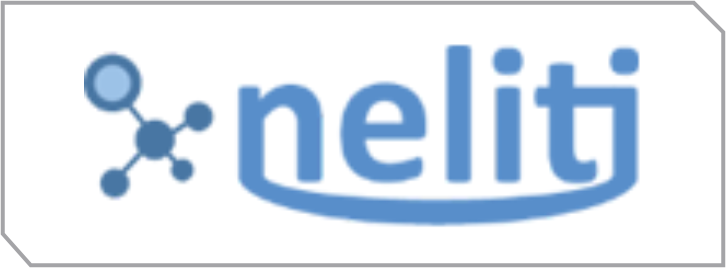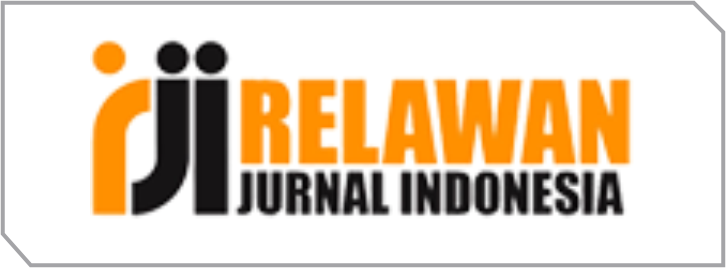Strategic Investment Reforms for Indonesia's Economic Growth in Relation to Danantara as an Investment Management Agency
english
DOI:
https://doi.org/10.53748/jbms.v5i1.114Keywords:
investment reform, Indonesian economic growth, DanantaraAbstract
This research aims to obtain research results on Daya Anagata Nusantara in relation to strategic investment reforms for Indonesia’s economic growth. The author uses normative research with the aim of obtaining analysis results based on legal rules, legal principles by analyzing problems with descriptive research. The existence of Danantara as an Investment Management Agency (BPI) provides a new change in terms of national strategic investment management. The establishment of Danantara is a strategic investment reform that is expected to be able to maximize state assets as a form of directed investment based on strong law. The existence of Danantara can have a significant impact that can potentially increase the layers of hierarchy that can extend the bureaucratic process. By employing normative research grounded in legal rules and principles and applying it to the practical context of Danantara, the research offers a novel bridge between legal theory and real-world strategic investment reform in Indonesia. It likely explores how specific legal frameworks underpin and potentially shape the effectiveness of Danantara.
Downloads
References
Agustin, G., Sari, M. R., Lestari, M. T., & Faramitha, T. R. (2022). Theory and realization of investment in Indonesia. Samudra Biru.
Aprilia, Z. Z. (2020). Design of Information System for Performance Assessment of Project Coordinator of PT Atrium Propugnatorum Teknika. Journal of Business Administration, 16(1), 86-102.
Chairunnisa, R & Irawan, F. (2020). Analysis of Entity Value after the Implementation of Financial Technology by PT Bank Negara Indonesia (Persero) Tbk. Sustainability: Journal of Management and Journal of Accounting, 5(2), 105-116.
Hintoro, S & Wijaya, A. F. (2021). Competitive Strategy Analysis at Biznet Branch Salatiga Using Porter’s Five Forces. Journal of Information Systems Management Economics, 2(6), 729-738.
Kambono, H., & Marpaung, E. I. (2020). The effect of foreign investment and domestic investment on the Indonesian economy. Journal of Accounting, 12(1), 137-145.
Mahadiansar, Setiawan, R., Darmawan, E., & Kurnianingsih, F. (2021). The Reality of Foreign Direct Investment Development in Indonesia in 2019. Matra Pembaruan: Journal of Policy Innovation, 5(1), 65-75.
Navisa, F. D. (2023). Mitigating Political Risk in Direct Investment. Thalibul Ilmi Publishing & Education, 2023.
Paningrum, D. (2022). Capital market investment reference book. Chakra Brahmana Lentera Institute.
Rika, A. R., & Syaiah, S. (2022). The Effect of Risk Perception and Risk Tolerance on Investment Decisions (Case Study of Investors in MNC Trade Syariah Kendari). Journal of Accounting and Finance, 7(2), 91-107.
Sarwedi, S. (2002). Foreign Direct Investment in Indonesia and its Influencing Factors. Journal of Accounting and Finance, 4(1), 17-35.
Soesilo, N. I. (2021). Advocacy Coalition Framework of Ultra Micro Loan Policymaking in Indonesia. Shirkah: Journal of Economics and Business, 6(1), 115-136.
Sunaryo, D. (2021). Investment and portfolio management. Qiara Media Publisher, 2021.
Sutrisno, N., & Poerana, S. A. (2020). Legal Reform and Foreign Investment Realization in the Era of President Joko Widodo. Undang: Journal of Law, 3(2), 237-266.
Untung, H. B. (2024). Investment Law. Sinar Grafika.
Widati, S., Wulandari, E., & Putriliawati, A. (2022). Analysis of the Effect of Investment Knowledge, Investment Motivation, Investment Return and Investment Risk on Student Interest in Investing in the Capital Market. National Seminar on Tourism and Entrepreneurship (SNPK), 1, 483-491.
Downloads
Published
How to Cite
Issue
Section
License
Copyright (c) 2025 Journal of Business, Management, and Social Studies

This work is licensed under a Creative Commons Attribution 4.0 International License.
Authors retain copyright and grant the journal right of first publication with the work simultaneously licensed under a Creative Commons Attribution 4.0 (CC 4.0) that allows others to share the work with an acknowledgment of the work's authorship and initial publication in this journal.


















